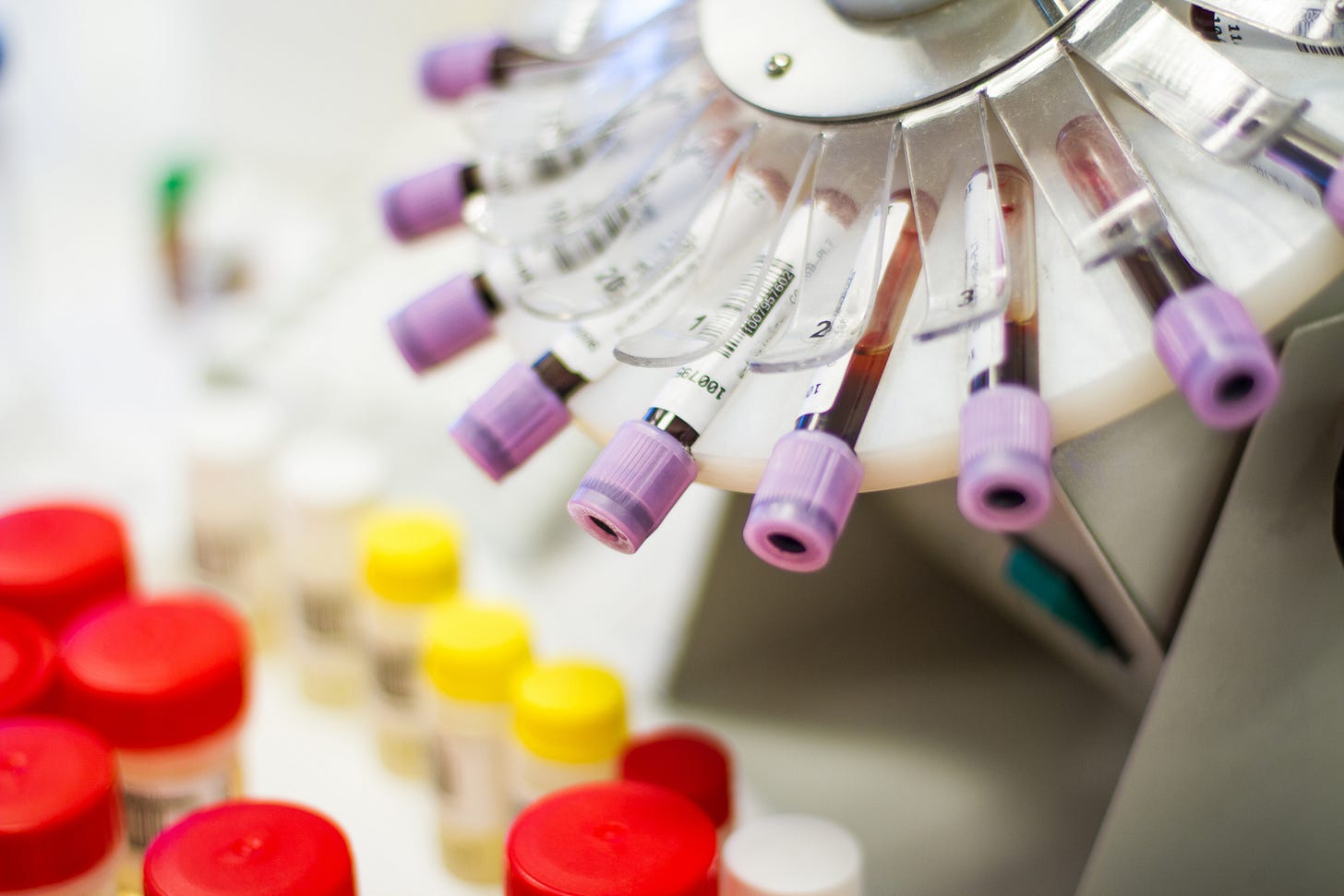Toxic Risks from Jury Decisions
Some day you may be on a jury trial, and it may be about “toxic” chemicals. Although you may be instructed by the judge to only consider the evidence that is shown to you by plaintiff and defense lawyers, the lawyers know that you bring your own life’s experiences and your own thoughts and prejudices into the courtroom. That’s why each side gets to reject jurors whom they can show will not fairly consider their evidence and arguments. Nevertheless, to reach the goal set by Lady Justice of being impartial and fair, it helps to bring some knowledge of risk and risk substitutions.
Toxic torts are growing fast. A toxic tort case is one where you will have to judge if a company is either negligent or intentionally exposing an individual to a toxin, or even if the product is somehow “defective.” The product may be a substance like asbestos or a chemical. It will help if you know something about the science of poisons—toxicology. Toxicology began with a German-Swiss physician and alchemist, Paracelsus. He was from a rich family and attended multiple universities where he wondered how “the high colleges managed to produce so many high asses.”
Paracelsus is primarily known for his statement that is considered the founding principle of toxicology, “In all things there is a poison, there is nothing without a poison. It depends only upon whether the dose whether a poison or not.” In shorter terms, “the dose makes the poison.” He was also the first physician to discover that sometimes, a poison at high doses can cure a person at low doses (hormesis). Examples include small doses of snake venom acting as an antivenom against larger doses and small doses of radiation stimulating our natural repair mechanisms that suppress tumors. This is why being told that someone was “exposed” to a chemical means nothing unless you know how much.
It also depends on who we are talking about because, despite sharing almost all of our genes (over 99%), we are incredibly different as to how we react to exposure to different substances. Whether we actually become ill from exposure to a toxin depends on our age, our internal microbes (microbiome), existing health conditions, and whether specific genes are turned on or off. It also matters what else we have been exposed to because it is rare that a disease comes from only one source, it more likely from multiple types of exposure from air, water, foods, drugs, or smoke.
The point is that seeing that a person is ill and has been exposed to some level of a chemical helps but is far, far from saying that that chemical was a cause of the disease. Toxicology isn’t a required subject in schools, and it follows that much of what we hear about “poisons” in our food, air, water, or workplaces ignores Paracelsus and other toxicological principles.
Recently, for example, we hear that 97 percent of Americans have PFAS in their blood or that 77 percent of people’s blood is found to contain microplastics. In fact, there are hundreds of chemicals found in people’s blood. Blood itself is a mixture of chemicals including hydrogen, oxygen, nitrogen, phosphorus, carbon and iron. Wikipedia has a long list of components of blood including arsenic, lead, mercury, and formaldehyde.
In a courtroom you are likely to hear toxicological evidence although you are unlikely to hear how the jury’s decision may affect other people’s risk, not just the plaintiff winning or losing money. Here’s the problem. Even if you cause an entire industry to stop using a substance, it will not eliminate risk because, again, all things are risky at some level. You may be part of a process by which a substance is abandoned in favor of another substance with which we have even less experience and information, which might make things riskier overall.
From the 1950s to 1980s, we were concerned that animal fats (saturated) were causing heart disease. Trans fats were seen as safe compared to saturated fats like beef tallow and food activists, as they so often do, were hyper focused on saturated fats without thinking about the replacement (read Fixing Food). But by the mid-90s, studies showed that trans fats were much worse for heart disease and hundreds of millions of dollars that were spent to replace saturated fats with trans were then spent to return to saturated fats. As Walter Willett of the Harvard School of Public Health said in 2005 of the disastrous replacement of saturated with trans fats, “When I was a physician in the 1980’s, that’s what I was telling people to do, and unfortunately we were often sending them to their graves prematurely.”
The consequences of finding companies guilty and losing products includes workers losing jobs, towns losing tax revenues, and products disappearing or becoming more expensive. But a critical consequence is that we sometimes simply increase the risk of disease and premature death.
In sum, if a courtroom decision causes companies to abandon one chemical, another one will take its place, but it is unlikely that you will know what that is or how risky it is.
A current example is ethylene oxide used to make semiconductors, batteries for electric vehicles, grain fumigants (to kill insects, pathogens and spoilage organisms), and to sterilize medical instruments. Over half of all medical devices are sterilized with ethylene oxide and there are no current alternatives. The alternatives may make the devices less sterile or have their own toxic issues.





